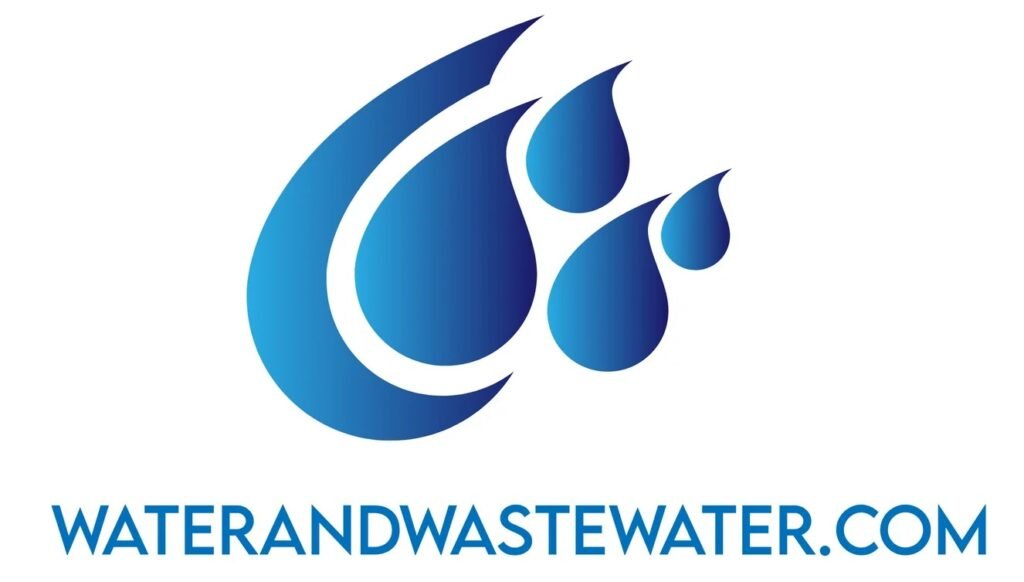
Tag: challenge
The Huber Perforated Plate Screen: An In-Depth Analysis When it comes to the treatment and management of wastewater, the importance of preliminary screening cannot be overstated. One of the key players in this phase is the Huber Perforated Plate Screen. This article aims to provide a comprehensive and expansive study on the engineering marvel […]
Introduction Modern urban centers rely heavily on sophisticated infrastructure to sustain a quality of life that’s taken for granted by their inhabitants. One often overlooked but indispensable component of that infrastructure is the municipal wastewater treatment plant. Responsible for keeping our waterways clean and ensuring public health, these facilities operate tirelessly to process waste […]
Velcro-Inspired Membrane Separation: A Revolutionary Approach in Filtration Technology Introduction In the realm of material science and engineering, nature has always been a profound source of inspiration. Innovations driven by biomimicry—imitating models, systems, and elements of nature for solving complex human problems—have given birth to numerous technological advances. One such burgeoning field within this domain […]
How to Reduce COD in Wastewater Treatment Introduction Chemical Oxygen Demand (COD) is a crucial parameter in wastewater treatment that quantifies the amount of organic and inorganic substances in water bodies. High COD levels can lead to oxygen depletion, harming aquatic life and disrupting ecological balance. As such, reducing COD is pivotal for […]
The New Orleans East Bank Wastewater Treatment Plant: Safeguarding a Growing City Introduction Nestled within the resilient heart of New Orleans lies the East Bank Wastewater Treatment Plant, a vital infrastructure component responsible for managing and treating the city’s wastewater. This essential facility’s operations significantly impact local ecology, public health, and quality of […]
How To Reduce Biochemical Oxygen Demand (BOD) In Wastewater Treatment INTRODUCTION The quality of water is paramount not only to human health but also to the environment. One of the key metrics used to evaluate water quality is Biochemical Oxygen Demand (BOD). BOD represents the amount of dissolved oxygen required by aerobic microorganisms […]
Serving a Growing Population The San Bernardino Water Reclamation Plant (SBWRP) is an integral part of the Inland Empire’s infrastructure, serving a diverse and growing population of over 300,000 residents. Located in the city of San Bernardino, California, the plant is critical in treating and managing the community’s wastewater, ensuring that the water cycle […]
Exploring the Potential of Two-Dimensional Material-Based Membranes: Innovations and Applications In recent years, the landscape of materials science has been radically transformed by the advent of two-dimensional (2D) materials, which have brought forth unprecedented opportunities across various sectors. Among these, 2D material-based membranes have gained particular attention due to their remarkable mechanical, electrical, and transport […]
Introduction Water is a fundamental resource for life, and as such, its quality has massive implications for ecosystems and human health. Wastewater, which is generated from industrial, agricultural, and domestic activities, contains various contaminants including organic and inorganic substances, microorganisms, and heavy metals. One of the critical parameters in wastewater management is alkalinity—the capacity […]
The Rock Creek Sewage Treatment Plant: A Vital Asset for the Community Nestled within the suburban sprawl of Rockville, the Rock Creek Sewage Treatment Plant (RCSTP) stands as a pivotal component in ensuring the sanitary integrity and environmental preservation of the region. This article delves into the extensive history, operational capabilities, challenges, community engagement, and […]